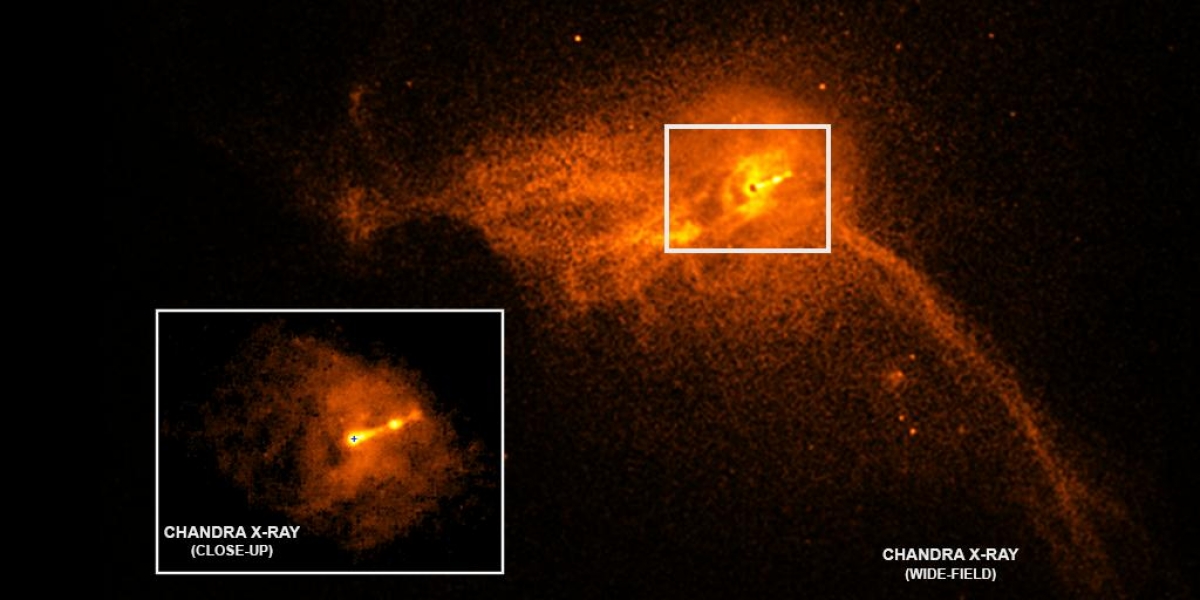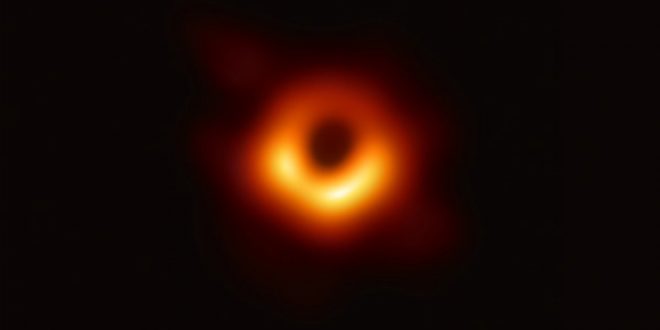Using a global network of telescopes to see “the unseeable,” an international scientific team on Wednesday announced a milestone in astrophysics – the first-ever photo of a black hole – in an achievement that validated a pillar of science put forward by Albert Einstein more than a century ago.
Black holes are monstrous celestial entities exerting gravitational fields so vicious that no matter or light can escape. The photo of the black hole at the center of Messier 87, or M87, a massive galaxy in the relatively nearby Virgo galaxy cluster, shows a glowing ring of red, yellow and white surrounding a dark center.
The research was conducted by the Event Horizon Telescope (EHT) project, an international collaboration begun in 2012 to try to directly observe the immediate environment of a black hole using a global network of Earth-based telescopes. The announcement was made in simultaneous news conferences in Washington, Brussels, Santiago, Shanghai, Taipei and Tokyo.
The team’s observations strongly validated the theory of general relativity proposed in 1915 by Einstein, the famed theoretical physicist, to explain the laws of gravity and their relation to other natural forces.

“We have achieved something presumed to be impossible just a generation ago,” said astrophysicist Sheperd Doeleman, director of the Event Horizon Telescope at the Center for Astrophysics, Harvard & Smithsonian.
Doeleman said the research “verifies Einstein’s theory of gravity in this most extreme laboratory.”
Black holes, phenomenally dense celestial entities, are extraordinarily difficult to observe by their very nature despite their great mass. A black hole’s event horizon is the point of no return beyond which anything – stars, planets, gas, dust and all forms of electromagnetic radiation – gets swallowed into oblivion.
The black hole observed by the scientific team resides about 54 million light-years from Earth. A light year is the distance light travels in a year, 5.9 trillion miles (9.5 trillion km). This black hole is an almost-unimaginable 6.5 billion times the mass of the Sun.
“This is a huge day in astrophysics,” said U.S. National Science Foundation Director France Córdova. “We’re seeing the unseeable.”
“It did bring tears to my eyes,” Córdova added.
Source: Reuters
 UAE BARQ برق الإمارات – نبضك
UAE BARQ برق الإمارات – نبضك


